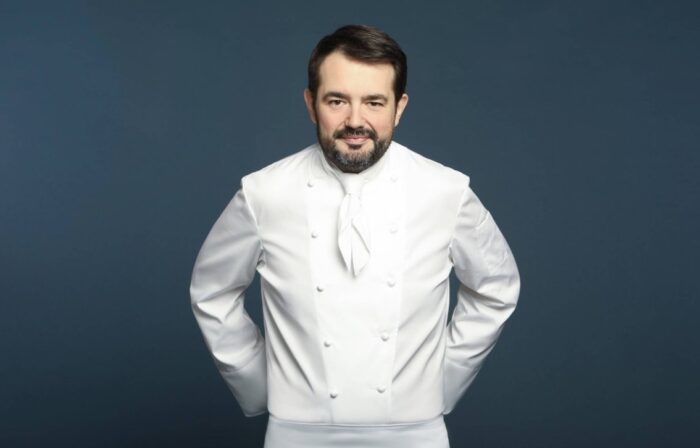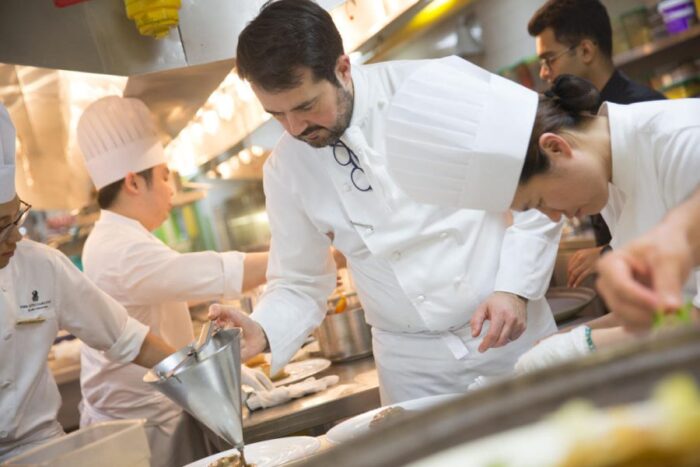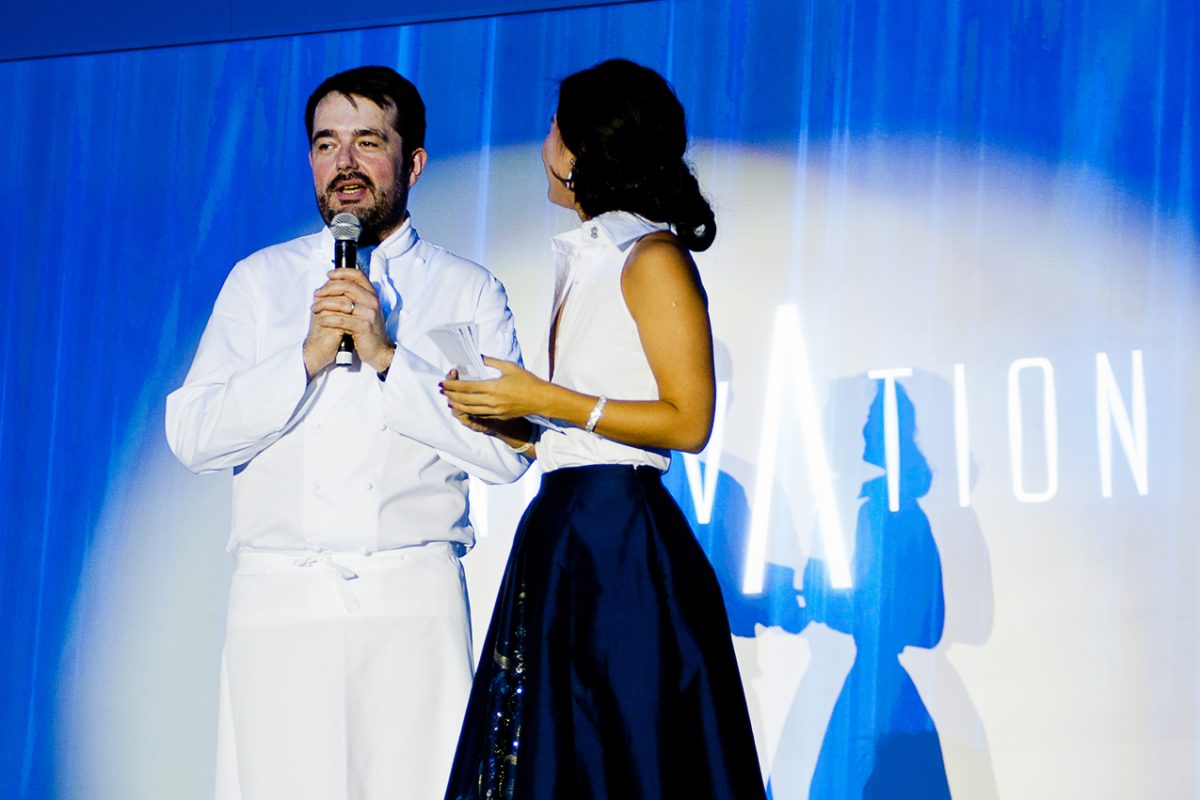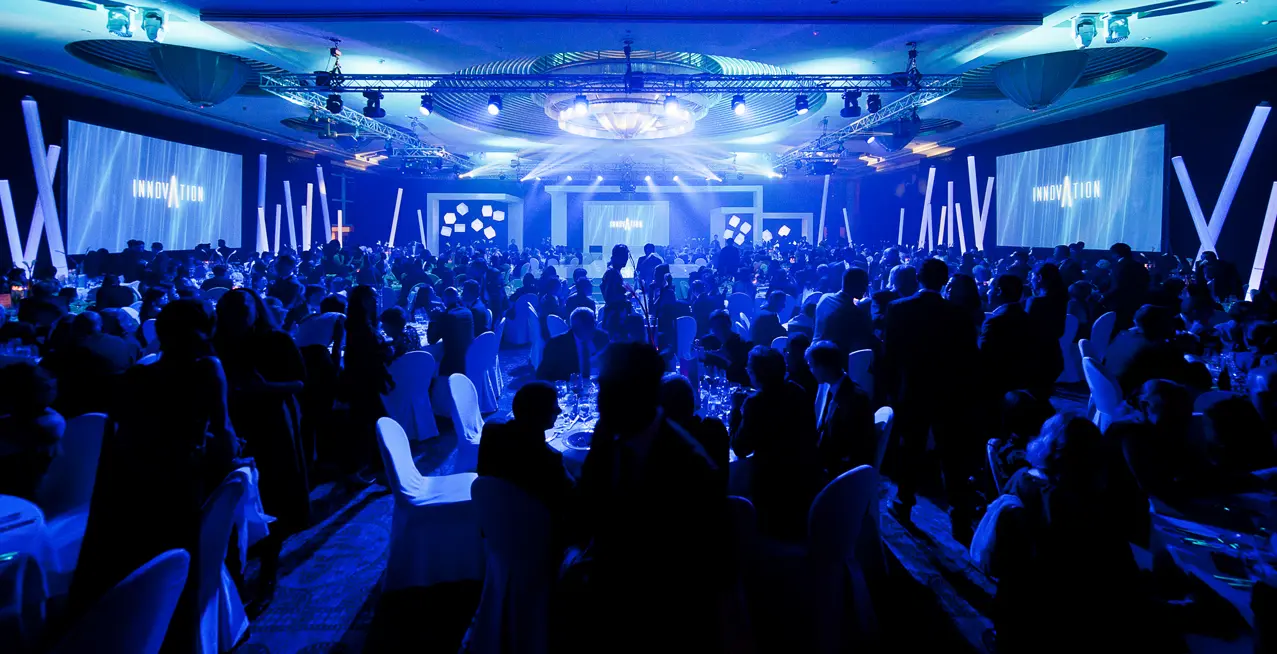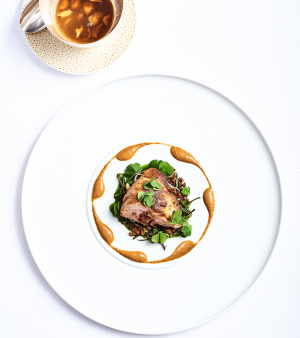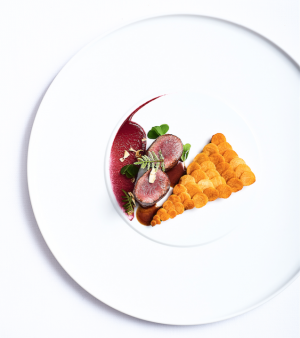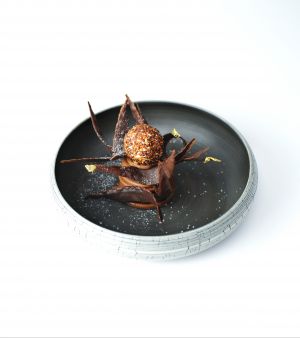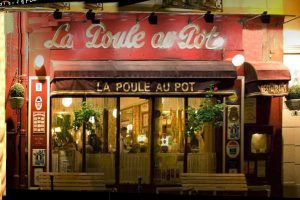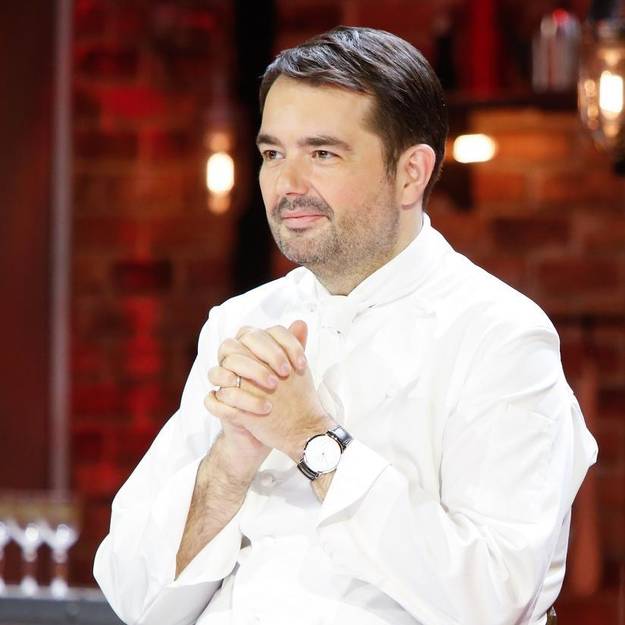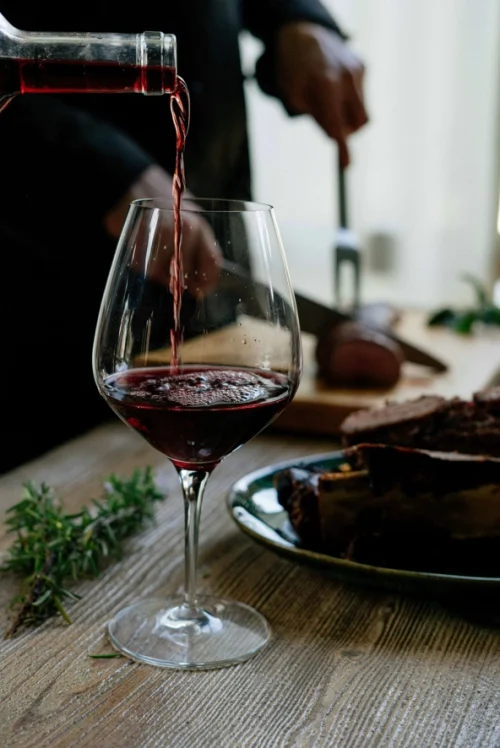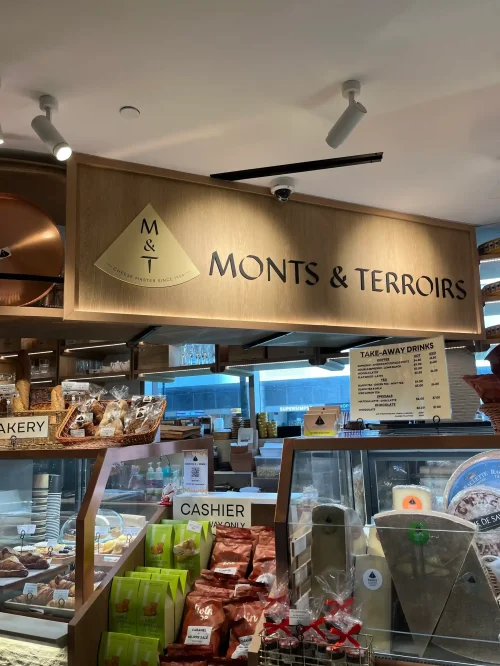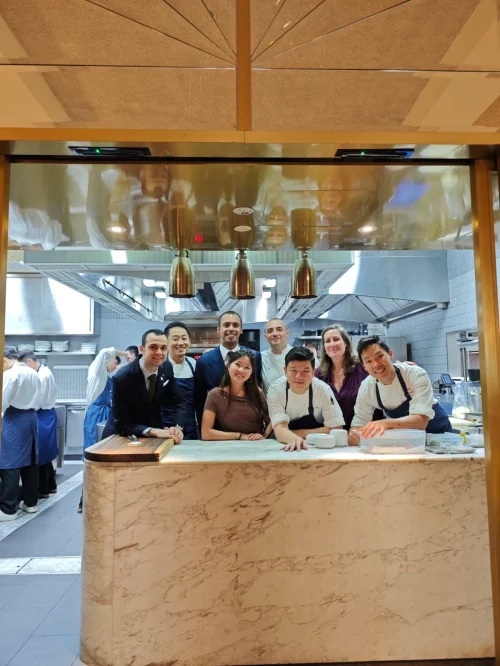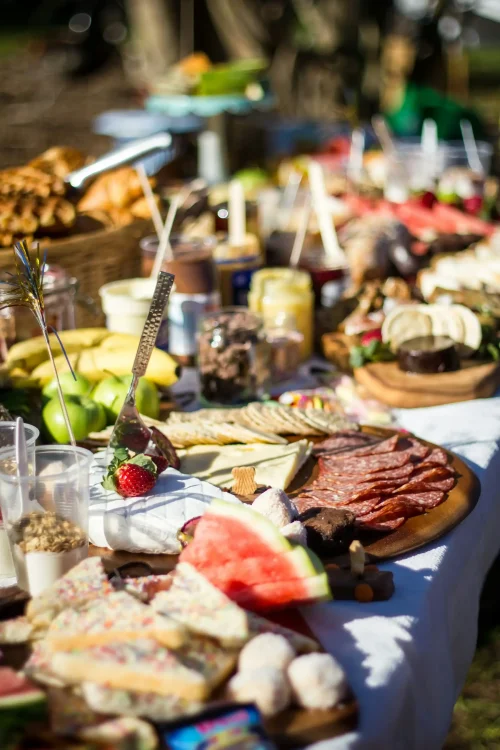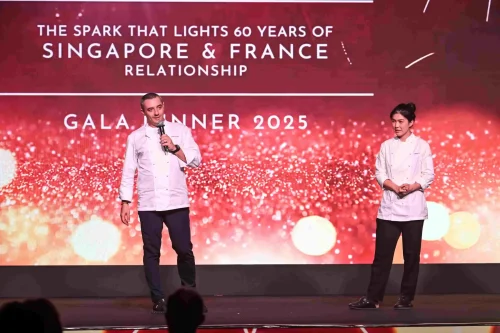So Chic Stories
An Interview with 2-Michelin Star French Chef Jean-François Piège
- - Gastronomy
I got to cooking through gardening actually – I wanted to be a gardener. What really brought me to becoming a chef was the vegetables the gardens were able to offer me. I am passionate about ingredients and I am passionate about beautiful produce and throughout my career I developed a desire to amplify and magnify what nature has confided to me, and today, that is what I base my cooking on.
In my restaurant, Le Grand Restaurant in Paris, I call it le “mijoté moderne” (modern stew) : To simmer and stew is the greatest luxury: it shows in the time we spend on the dish, and I call it modern, because it’s a modern way of doing, like roasting, to bring moisture and softness. Les cuissons (the time taken in cooking) is is certainly what makes a dish.
This evening at the Gala showcases a little of this approach, but of course it would be a little different from what is served at my restaurant, where there are just 20 tables.
What has inspired me in the preparation of this dinner, first, I would say, is the desire to share the French identity that I represent in my cuisine. I use only French ingredients in my cuisine in Paris, and I want for this evening to be an opportunity to taste a little of France in Singapore, but at the same time, using products that we like to eat also in Singapore.
On the menu this evening, le bar (sea bass) and canard (duck), for instance, because it’s something that, I think here, is quite well appreciated.
I chose ingredients that we would like, and ingredients that are reflect the identity of France, so my cuisine this evening: of French identity with French ingredients, is served to make you happy.
When we cook for 550 people, we must have the same goal as when we cook for one person, which is to make this said person happy, and that is what drives me tonight. On the other hand, we will have to adapt the cuisine a little, I’m going to say, such that it will be easier to send the dishes out of the kitchen, all while keeping the fundamentals, that is to say, the seasoning, the taste.
Another aspect to adapt to this evening would be the cuisson, because at home in France, we would eat products that in general may be a little less cooked than they would be here. And so, we’re going to try this evening, with my team and that of the Ritz-Carlton, to mix the two elements, to mix this French tradition with this Singaporean taste, so that maybe we can create something Sing-French in the kitchen. I must say I’ve inspired myself from the concept of Singlish, the mix of different elements and traditions.
Talking about innovation and the flavours that I have discovered, I would certainly have to have you taste one of them tonight: the flower of celery, cooked on mélilot. The mélilot is a wild plant that grows on the pastures of the Alps, during the season, between May and June. We pick it up, we dry it, we consume it all year round, and in this particular dish I have, we will cook a celery on top, and this wild herb of the mélilot offers these molecules of taste: a little vanilla, a little caffeine, a hint of Tonka bean, to produce a taste that we’ve never tasted, a taste that I find absolutely delicious, which I want to have you discover tonight.
My baseline at home in my kitchen, is that pour que rien ne change, il faut que tout change (for nothing to change, everything must change). Innovation is certainly something that is dear to me, as effectively, we need to build on what exists, to then create something unique, which is what I try to do everyday in all my restaurants.
In general, when we say that a place is a gastronomy capital, it is not necessarily because of those who cook but because of those who eat. Why Singapore is a gastronomy capital, it’s wonderful because it’s simply because the people here love food.
It is the third or fourth time that I’m in Singapore, and I’ve had in a food court a chili crab, a pepper crab, which I must say was absolutely delicious. I will discover more restaurants during this trip, and I know that I will certainly enjoy it very much. Singapore today has certainly become a gastronomy capital which much to offer, one of the most interesting destinations in the world.
Indeed, I have three restaurants, but one in which I operate, and it is the restaurant gastronomique – Le Grand Restaurant in Paris. I’m there in the day and evenings, except for a few days a year, like today in Singapore, and when these events are planned in advance, I would close my restaurant for these days. I rarely leave the restaurant gastronomique.
The second restaurant is a grill, that is, cooking on a grill, called Clover Grill, and we have a third one, called Clover Green, which is a restaurant that puts in the spotlight the world of vegetables. Here, we do work with animal protein, but instead of making a bœuf carottes (beef with carrots), we make a carrottes bœuf (carrots with beef), in a spirit that is a little healthy, a little modern.
And then, an upcoming project, one that will see its launch shortly in a few weeks: I bought a few months ago an old Parisian bistrot, called La Poule au Pot, which in the last hundred years had just two owners. I’m the third in this century, and I will make cuisine bourgeoise, cuisine that reflects the bourgeois French identity, a cuisine of nostalgie.
As much as in gastronomy we work towards being unique, in the bistrot, we will make gelatine du canard, a blanquette, a poule au pot, a bœuf bourguignon, all these dishes which bring us back to a certain time and place. I will be working to honour this historic place, and to bring to the table, in the way,
à la française, dishes served in silverware, or better yet, served as-is, for sharing around the table, because that is indeed the spirit of cuisine à la française.
